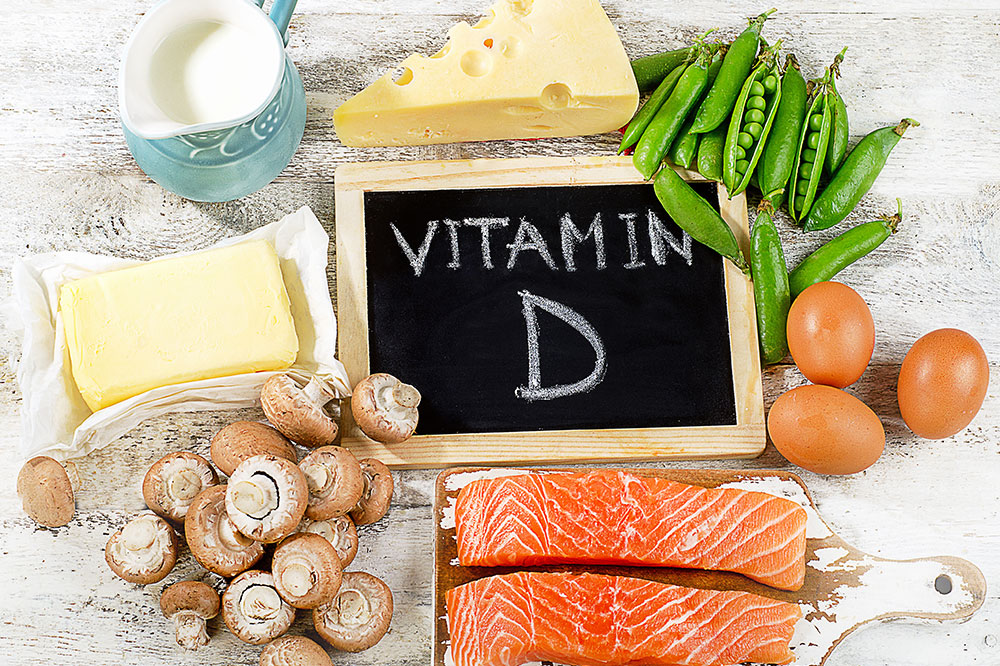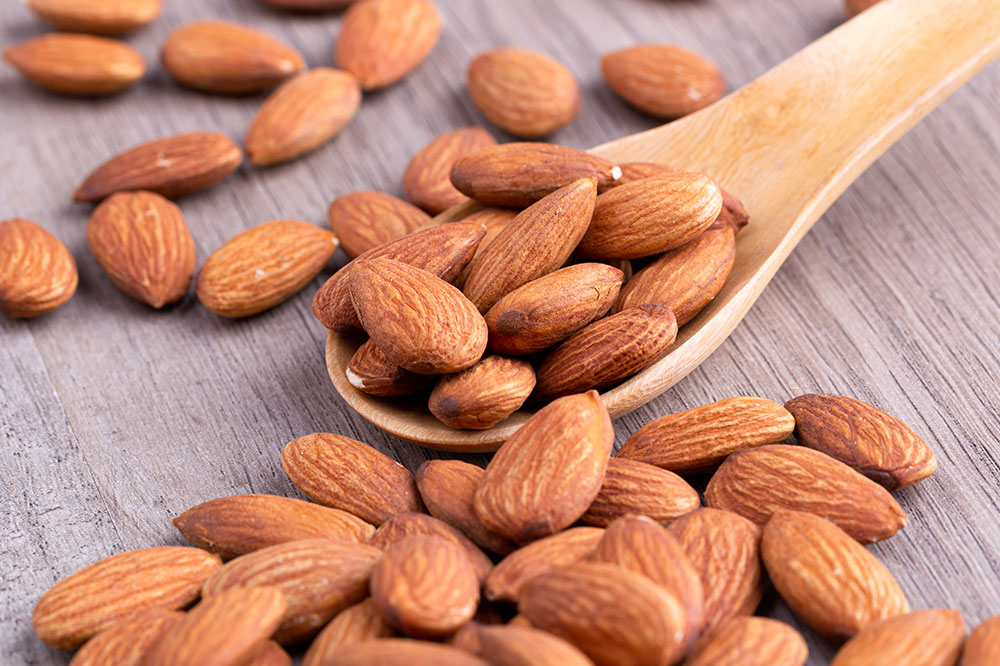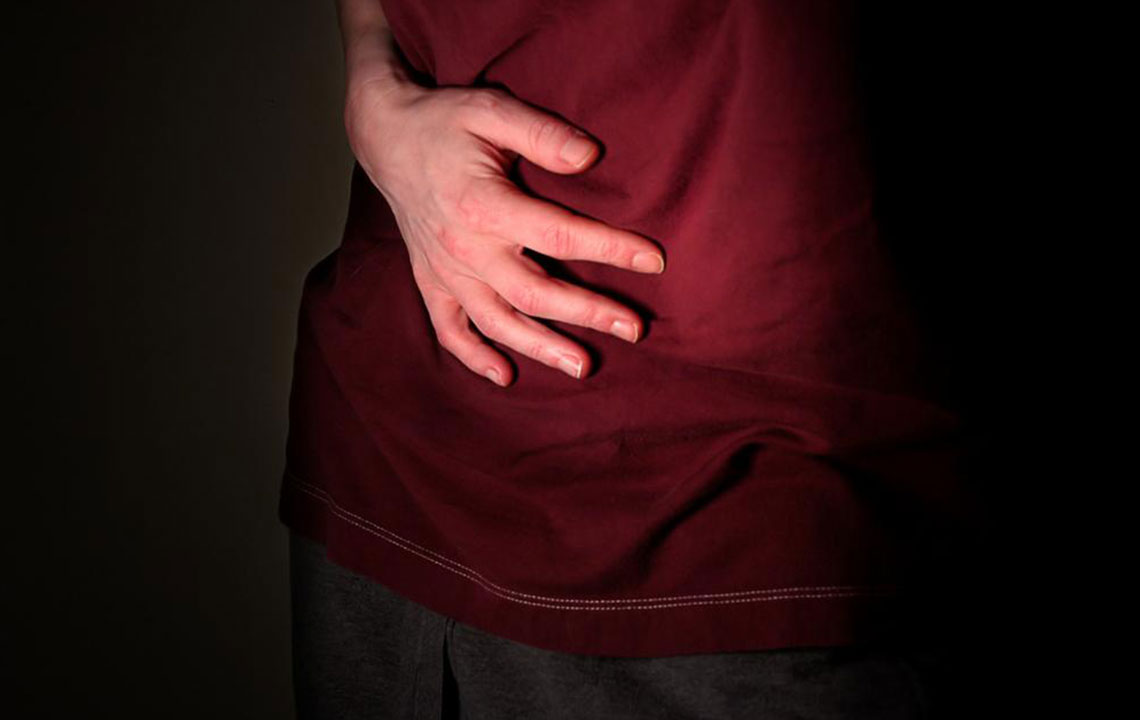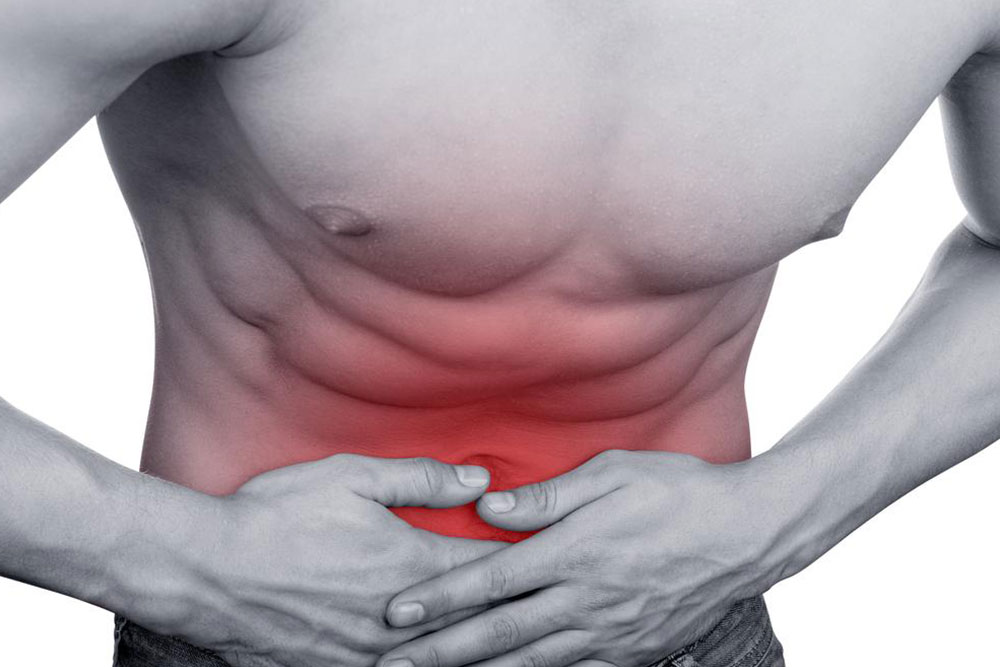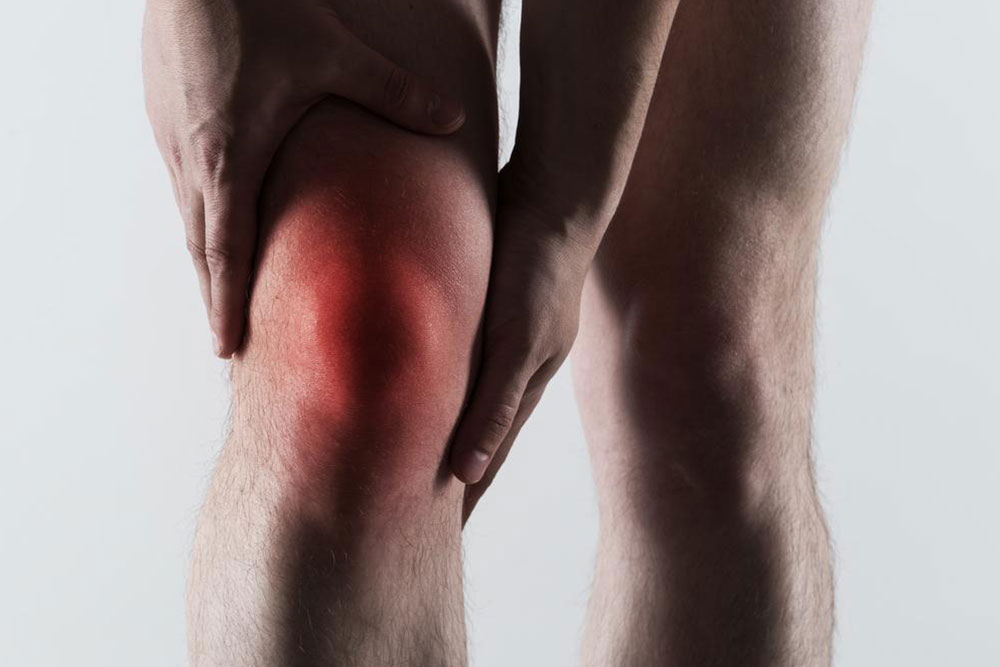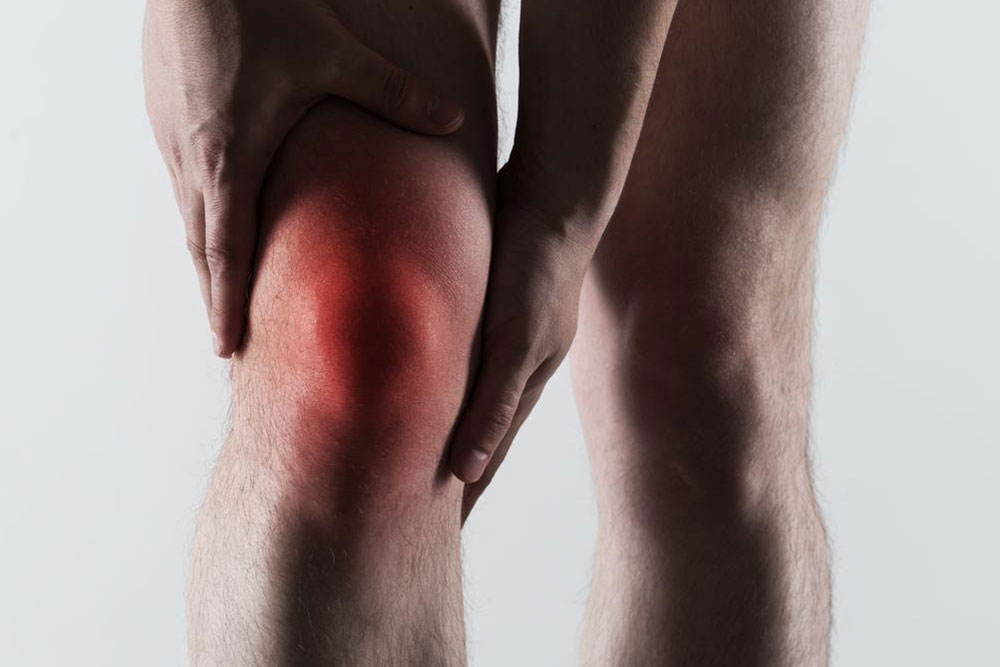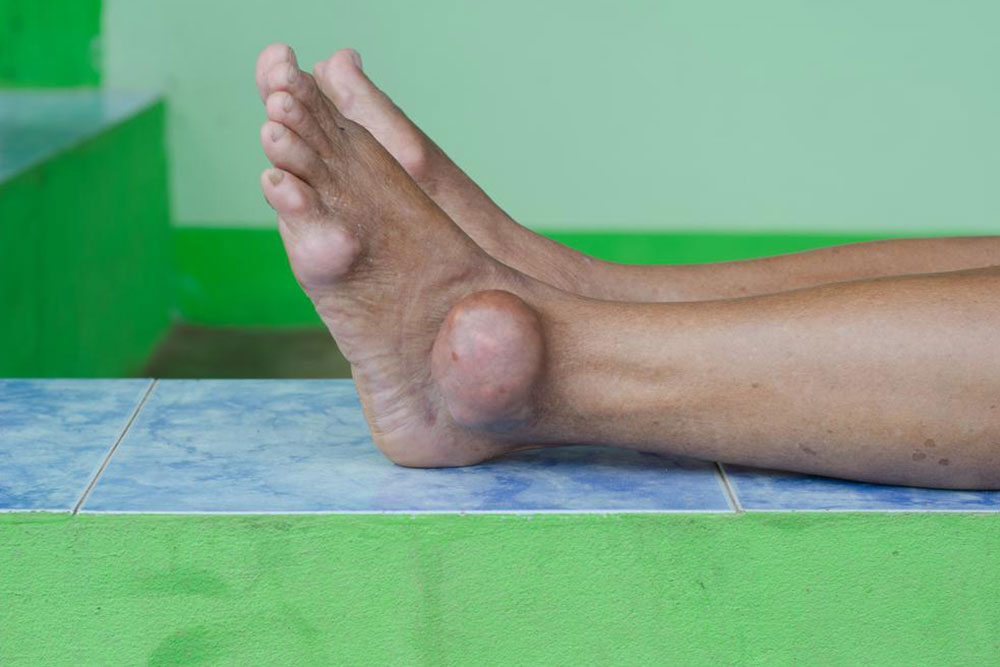Key Lifestyle Habits That Increase Gout Risk
Learn about key lifestyle habits that raise the risk of gout, including diet, hydration, weight management, and alcohol consumption. Discover practical tips to help prevent this painful condition and protect your joint health.
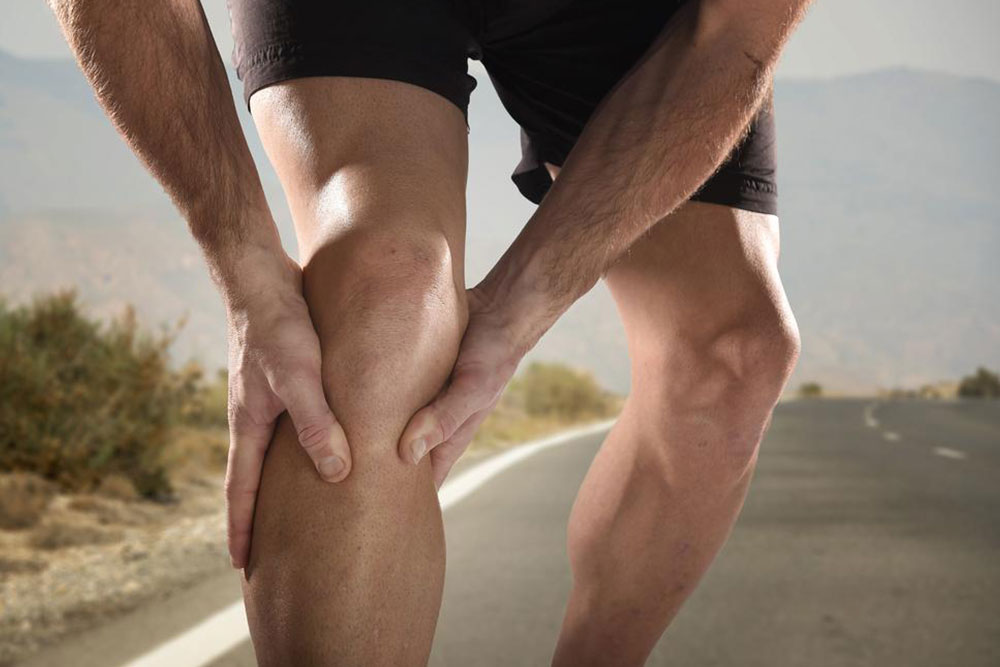
Key Lifestyle Habits That Increase Gout Risk
Gout affects millions of people, notably around 8.3 million Americans, and remains a common health concern. This form of arthritis impacts joints, especially the big toe, leading to severe pain, swelling, and stiffness. Sudden gout attacks can occur unexpectedly, with pain lasting several days. Repeated attacks may cause joint tissue damage due to ongoing inflammation. Gout results from elevated uric acid levels, which form crystals in joints, triggering inflammation. Factors like age, gender, genetics, medications, and lifestyle choices influence gout risk. Certain behaviors, however, are especially self-inflicted and contribute significantly to the condition.
High uric acid levels cause gout when crystals deposit in joints, leading to redness, swelling, and pain. Apart from natural factors, lifestyle choices play a significant role in gout development. These include:
Extreme dieting and fasting
Crash dieting or prolonged fasting may increase uric acid levels by breaking down body tissues and releasing purines, which convert to uric acid, raising the gout risk.
This highlights the importance of avoiding extreme diets.
Inadequate hydration
Not drinking enough water results in dehydration, which elevates blood uric acid levels and can trigger gout attacks.
Excess weight
Obesity stimulates uric acid production and hampers its elimination, making overweight individuals more susceptible to gout.
Dietary choices
Consuming foods high in purines like red meats, organ meats, and certain seafood increases uric acid production, thereby raising gout risk.
Alcohol intake
Alcohol impairs kidney function, reducing uric acid clearance and promoting crystal buildup in joints.
Note: Our articles aim to provide helpful insights; however, they should not replace professional medical advice. Always consult healthcare providers for accurate diagnosis and treatment options. The content is for informational purposes only, and the website disclaims responsibility for any inaccuracies or external offers.

